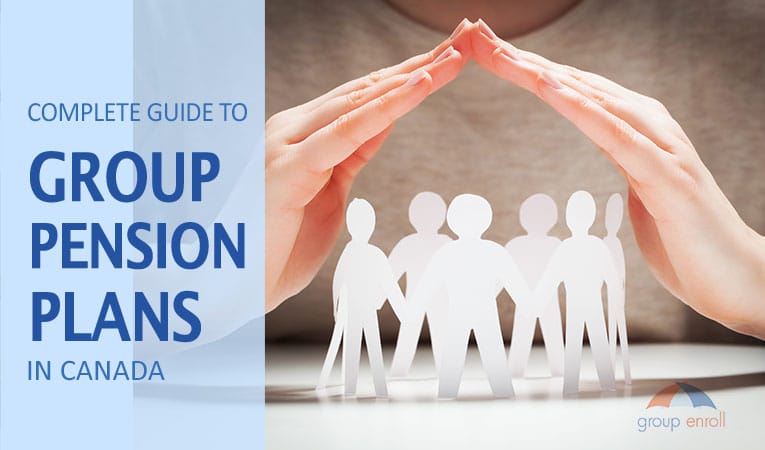The foundation of a successful company is employee satisfaction. Making a company thrive starts with hiring the most qualified staff. The next step is to make them feel valued and motivated. This is where employee recognition comes in. Highlighting the efforts of hardworking individuals will bring many benefits to your workforce and the company at large.
Table of Contents
Defining Employee Recognition
Employee recognition is a tool used by organizations to reinforce certain practices that yield positive business results. By incentivizing their excellent performance, you encourage employees to stay on that trajectory, making them less likely to “jump ship” should they be tempted to work elsewhere.
Why These Strategies are Crucial
A workforce is a community. Members will want to play off of each other’s accomplishments. Admiration, respect, and inspiration all play into how well a staff performs. People are naturally more inclined to keep up the good work if it is acknowledged.
Employee recognition also offers the following advantages:
Increases Productivity
Employees whose efforts are left unappreciated by management are less likely to engage and take pride in their work. At best, they will be showing up and doing the bare minimum. What would be the point of striving for improvement when it makes no difference whether they do it or not?
Incentives, be it in the form of a compliment or a monetary reward, will give high-achieving employees a sense of gratification that will motivate them to keep at it. Ideally, less productive members will follow suit to enjoy the same benefits, effectively avoiding issues like absenteeism and burnout.
In fact, engagement in the form of recognition can boost an employee’s productivity by up to 21%.
Improves Employee Retention
Hiring, training, and nurturing employees is a form of investment. No company would want to go through these steps only to lose employees to companies offering better treatment. Not only would this be a wasted investment, but it would also be as if you were handing over your best people to your competitors.
Living in a world where everyone is continuously weighing their options, it pays to have employee recognition strategies in place to nurture your company’s most precious resource. Rewards like paid days off or life insurance can ensure your employees’ loyalty to the company.
Enhances Company Culture
Company culture can be a fragile thing. By definition, it is the culmination of what your organization is all about: its goals, principles, and overall atmosphere. It ultimately rides on the shoulders of every member of your staff.
While the management sets the company’s vision, it’s the staff’s job to carry it out. By promoting a non-toxic work environment where doing a good job is acknowledged and rewarded, it becomes easier to accomplish company goals. It encourages collaboration, open dialogues around constructive criticism, and healthy competition among colleagues.
The resulting high company morale will make everyone work with enthusiasm, boost their loyalty, and attract new employees.
5 Ways to Keep Employees Happy at Work
Happy Employees are the key to cultivating a rich, positive and productive workplace. We love these tips on how to keep employees happy at work.
Implementing an Employee Recognition Program
What are the strategies that make up a successful employee recognition program? Read on to find out.
Employee Recognition that Works
What are the strategies that make up a successful employee recognition program? Read on to find out.
1. Make It Public
Although few would admit it, many of us would prefer to be recognized publicly for the good work that we do. Having our accomplishments on display boosts our sense of pride and refreshes our gusto.
Not only is it great for the employee’s ego to be recognized publicly, but it also informs the rest of the workforce of what kind of behaviour the management incentivizes. This encourages peer-to-peer recognition, which in some cases may even be more valuable than recognition from the management.
Public recognition may be in the form of newsletters, webpages, appreciation days, reward ceremonies, or simply a compliment during a meeting in which multiple staff members are present.
2. Diversify your Recognition Party
In every setting, there are bound to be certain people who are a cut above the rest. It may feel instinctual to reward these individuals often, but doing so might breed resentment and dampen self-improvement among those whose work does not warrant this kind of recognition.
In this case, assign different people to hand out recognition. This is also the perfect opportunity to encourage teamwork among the staff and distribute tasks. While the success of a certain project may be largely due to one specific person, never fail to acknowledge the efforts of the other team members as well.
3. Be Specific
Recognizing specific contributions from your employees makes it clear as to what kind of behaviour equates to incentives in the workplace. It also comes off as a lot more sincere than a general “good job” or pat on the back. Being recognized for specific things also lays out guidelines for how to handle similar situations in the future.
4. Recognize Good Performance Immediately and Regularly
The window for when you should recognize an employee’s positive behaviour is quite short. Recognition must be given promptly after the accomplishment to maximize the positive reaction that it will yield. Wait too long and the reward will feel disjointed. It is also smart to hand out recognition frequently to keep your employees engaged.
5. Connect the Employee’s Accomplishments to the Company
The workforce is often thought of as a unit, in that the accomplishment of one works towards the benefit of the whole. Relating specific accomplishments to the company’s goals gives the employee a sense of belonging and usefulness—two things that are vital to company culture.
6. Be Mindful of Incentives
When doling out rewards, make sure they match the employees’ accomplishments. For example, being responsible for a significant boost in sales deserves much more than a verbal thank you or a $20 gift card. Some employees who have loyally served you over the years might even deserve excellent benefits like health insurance.
It also helps if the deciding committee knows the employees on a more personal level to match rewards with their specific interests.
7. Evaluate the Program
Employee recognition is costly and has room for trial and error, so you will need to monitor your program’s efficacy. The committee should consider using survey tools and performance management software to track the effect of incentives on performance. This way, your team can make the necessary adjustments to the program or perhaps even cut corners.
8. Diversify Rewards
Recognition can be given in monetary and tangible forms. If the budget is tight, there are many ways you can reward high-performing employees, including:
- Job security
- Shout-outs during events or on social media
- Flexible hours and work location options
- New parking or office space
- Days off
- More responsibility and chances for promotion
- Medals, trophies, or certificates
- Recognition board at the office
If the budget allows for it, you may invest in monetary rewards such as promotions, stock options, bonuses, training programs, equipment like company cars and electronics, gift cards, work trips and conferences, and paid time off.
Pitfalls to Avoid
What exactly constitutes employee recognition that works? How can it fail? Here are some things to avoid when building an employee recognition program:
1. Not Establishing Criteria for Recognition
Thoughtlessly giving out rewards for random accomplishments may lead to costly mistakes. You might consider these questions when establishing a program:
- What are the goals of this program? (Increasing retention rate, productivity, etc.)
- How much of the funds are to cover the cost of incentives?
- What kind of behaviour merits a reward? (Taking on extra duties, suggestions that yield good results, an extended period of service, etc.)
- How soon and how frequently should we give out rewards?
- Who is eligible to receive rewards?
2. Only One Person Gets to Pick Rewards
It is unlikely that, say, a supervisor will get to know all the employees on a deeper level. This flaw leads to mismatched rewards and possibly favouritism. Assigning a whole recognition committee with deeper ties to the workforce will ensure that all rewards are carefully considered for every recipient, making them more meaningful and effective.
3. Not Fostering Risk Taking and Teamwork
Giving rewards based solely on end results discourages creativity and collaboration. Only giving recognition for things done a certain way will make your employees’ creativity go stale and promote toxic competition in the workplace.
Find the Best Group Benefits Plan with Group Enroll
When it comes to monetary rewards that you can give your employees, nothing beats the practicality of a group benefits insurance plan. Not only does it promote retention and productivity among the beneficiaries, but it also maximizes their after-tax compensation.
We understand that comparing plans can be a difficult and tedious process. This is where our services can be of help. After considering your goals, we at Group Enroll can determine the best plan for your company.
If you want to include an insurance plan as part of your employee recognition program, you may fill out this form to get a free quote. If you have any questions for us, send them our way at [email protected], or you can simply visit our office at 10 Great Gulf Drive, Unit 5, Vaughan, ON, L4K 0K7.








